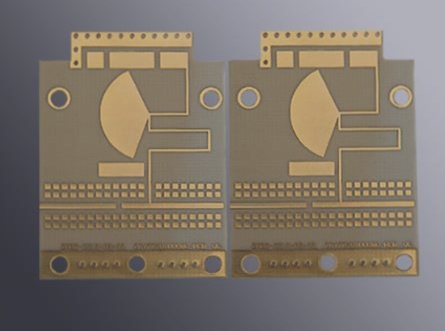Five key electromagnetic interference properties to consider in PCB design.
Electronic engineers must address electromagnetic compatibility (EMC) by considering device size, impedance matching, disturbance signal characteristics, interference strength and frequency, and PCB layout to mitigate EMI issues in densely traced circuit boards.
Five key electromagnetic interference properties to consider in PCB design. Read More »




